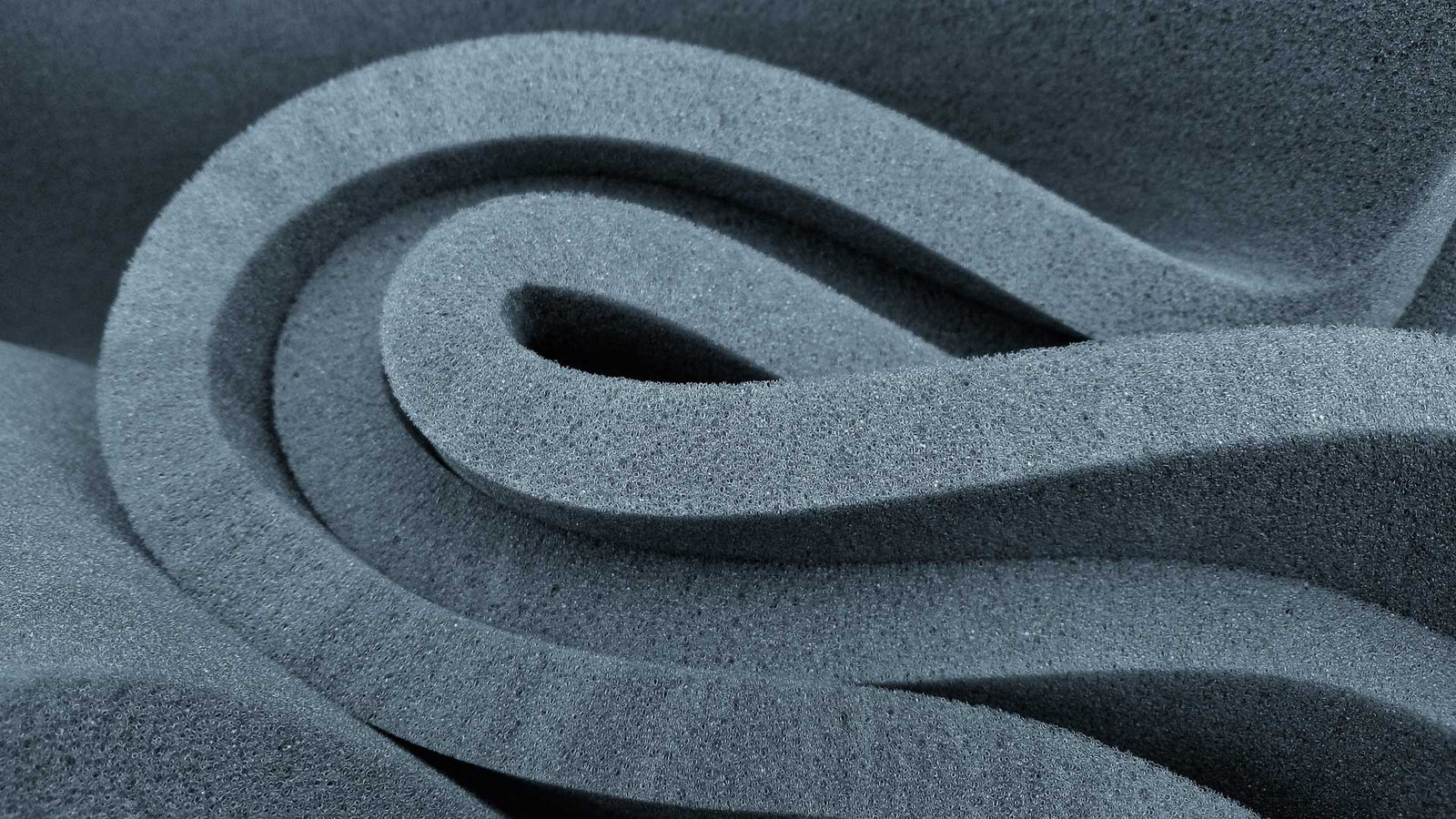How Long Do Memory Foam Mattresses Last?

When you think of rest, the first thing that pops into your mind is a perfectly arranged bed with astonishingly soft bedding. You imagine slowly sinking into a wondrous mattress that almost embraces you, allowing you to wake up fully refreshed in the morning.
If these thoughts aren’t yours - then you might want to think of switching your old mattresses for a brand new one.
And if you want something comfortable that will mould perfectly to your body, you should be looking into a memory foam or hybrid mattress. But since you just got off an old mattress, you may be wondering - how long do memory foam mattresses last? How many years can you expect to enjoy your new bed?
What determines how long a memory foam mattress lasts is not a single thing, but several different factors that we’ll take a closer look at below.
How Long Do Memory Foam Mattresses Last?

While high-density memory foams may last up to fifteen years, the average lifespan of a regular memory foam mattress is eight to ten years.
Factors That Affect Memory Foam Mattress Durability and Lifespan
Memory foam mattresses may owe their long lifespan to several factors. Density is perhaps a paramount factor when it comes to a mattress’s durability, but we’ll also consider the foam’s firmness and the manufacturer’s warranty.
Density
Foam density is calculated in terms of the weight of a cubic foot of the mattress material.
High-density polyurethane foam or memory foam mattresses use foam with a density of five or more pounds per cubic foot, which allows them to last for longer than eight years. The average lifespan of a medium-density foam mattress, which has a density of three to five pounds per cubic foot, decreases to six to eight years. Lower density uses foam with a density of less than three pounds per cubic foot which makes them less durable, and mattress’s lifespan drops to approximately five to six years.
As denser mattresses are less likely to sag than lower-density ones, they can provide better body weight support and pressure relief for a longer period of time. Premature sagging, on the other hand, can result in shoulder, hip, neck, or back pain.
Indentation Load Deflection (ILD)
Indentation load deflection represents a method of measuring the compressibility of foam. Or, simply put, it’s a value that signifies the amount of force needed to compress certain foam types. This means that the higher the ILD, the more pressure it requires - telling us that the foam is firmer. ILD, or firmness, plays a significant role in determining the longevity of a memory foam mattress.
The Warranty
It seems only logical that a mattress that comes with a longer warranty period will last a longer time. This is why your new mattress should come with a warranty claim that’s above ten years, provided that you take care of the mattress according to the manufacturer’s instructions regarding the mattress’ maintenance.
Tips to Increase the Average Mattress Lifespan of Memory Foam Material
- The first thing you should do to make a memory foam mattress last longer is use a proper foundation. Since memory foam mattresses are known for their unique moulding abilities, they might become saggy over time if installed on an unsupportive foundation.
- Make sure you use a high-quality mattress protector to safeguard your mattress from stains or spills. Our very own waterproof mattress protector, for example, prevents spills from soaking into either your mattress topper or the mattress itself.
- Rotate or flip your mattress every three weeks or so to make sure you are using every inch evenly. This will prevent irregular sagging as you’ll use every edge and corner of the mattress.
- If your mattress comes with a removable cover, wash it regularly following your manufacturers’ care instructions.
- Dust your mattress regularly in order to prevent dust mites from penetrating deeply into the foam layers. These microscopic creatures not only feed upon your dead skin cells, but can also make your mattress sag faster.
- Let fresh air inside your room in the morning so that your memory foam mattress can release the excess moisture that it absorbed throughout the night from sweat or body oils.
Other Types of Mattresses
The average lifespan of an innerspring mattress is six to eight years. While all are made with thin comfort layers and coil cores, high-quality ones come with firmer support in the center and softer support at the head and feet.
A hybrid mattress can provide excellent support for up to eight years, while a latex mattress’s lifespan is around ten years. On the other hand, however, hybrids are comparative in price and come with great comfort, air circulation, motion isolation and most importantly longevity.
Conclusion
Learning everything about mattress longevity can help you choose a high-quality memory foam mattress with a lifespan longer than ten years. What you should know, though, is that if your mattress starts feeling uncomfortable, causing you neck, back, or shoulder pain - it might be time for you to change it. Remember that the purpose of mattresses is to help you recover from tiring days and recuperate your strength - not make you feel worn out.
